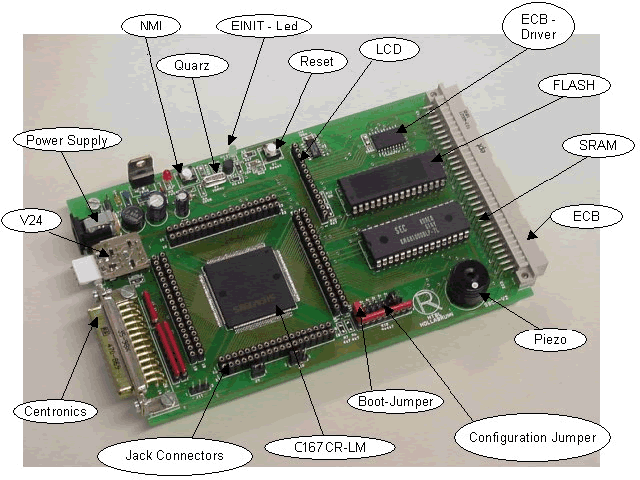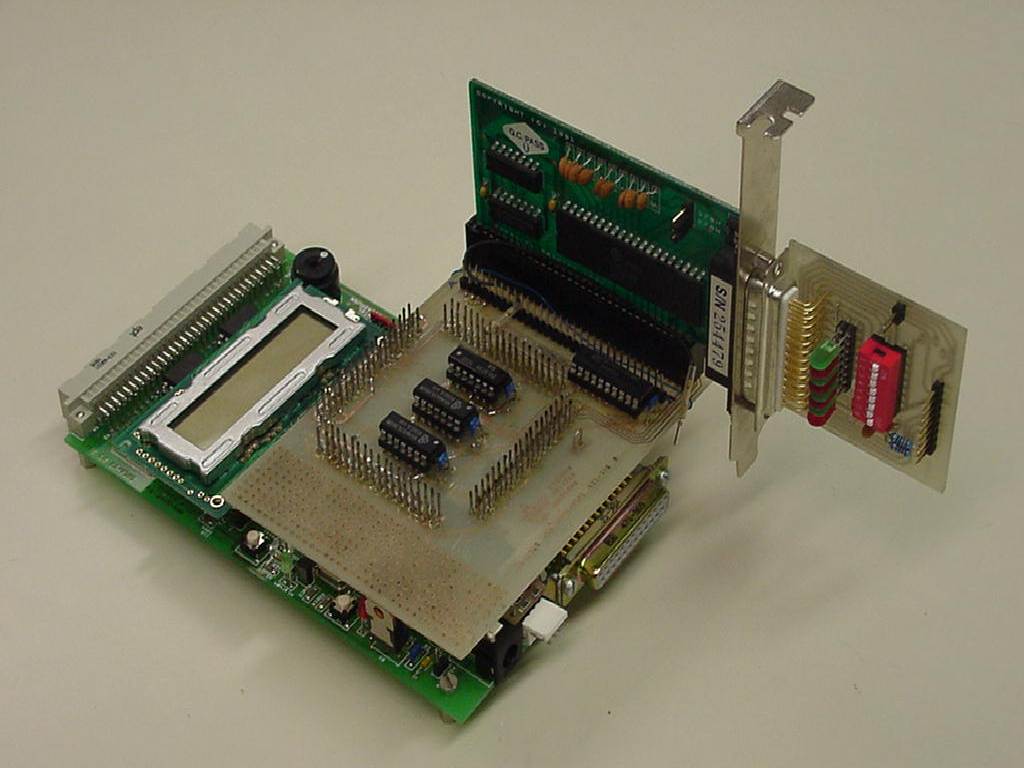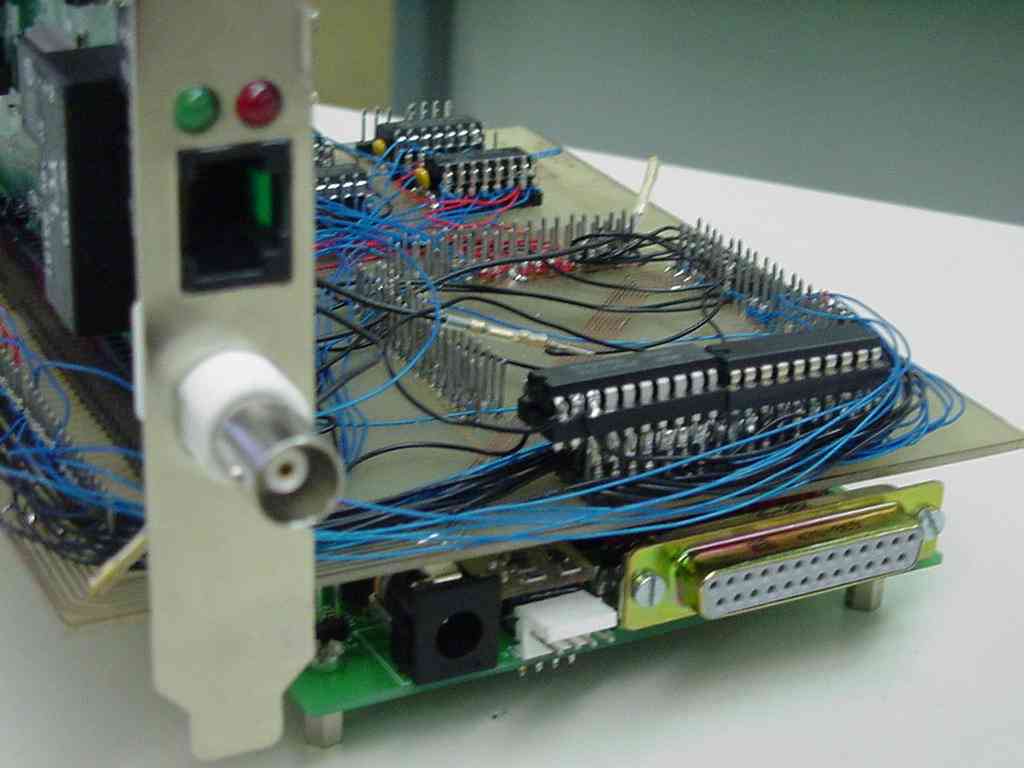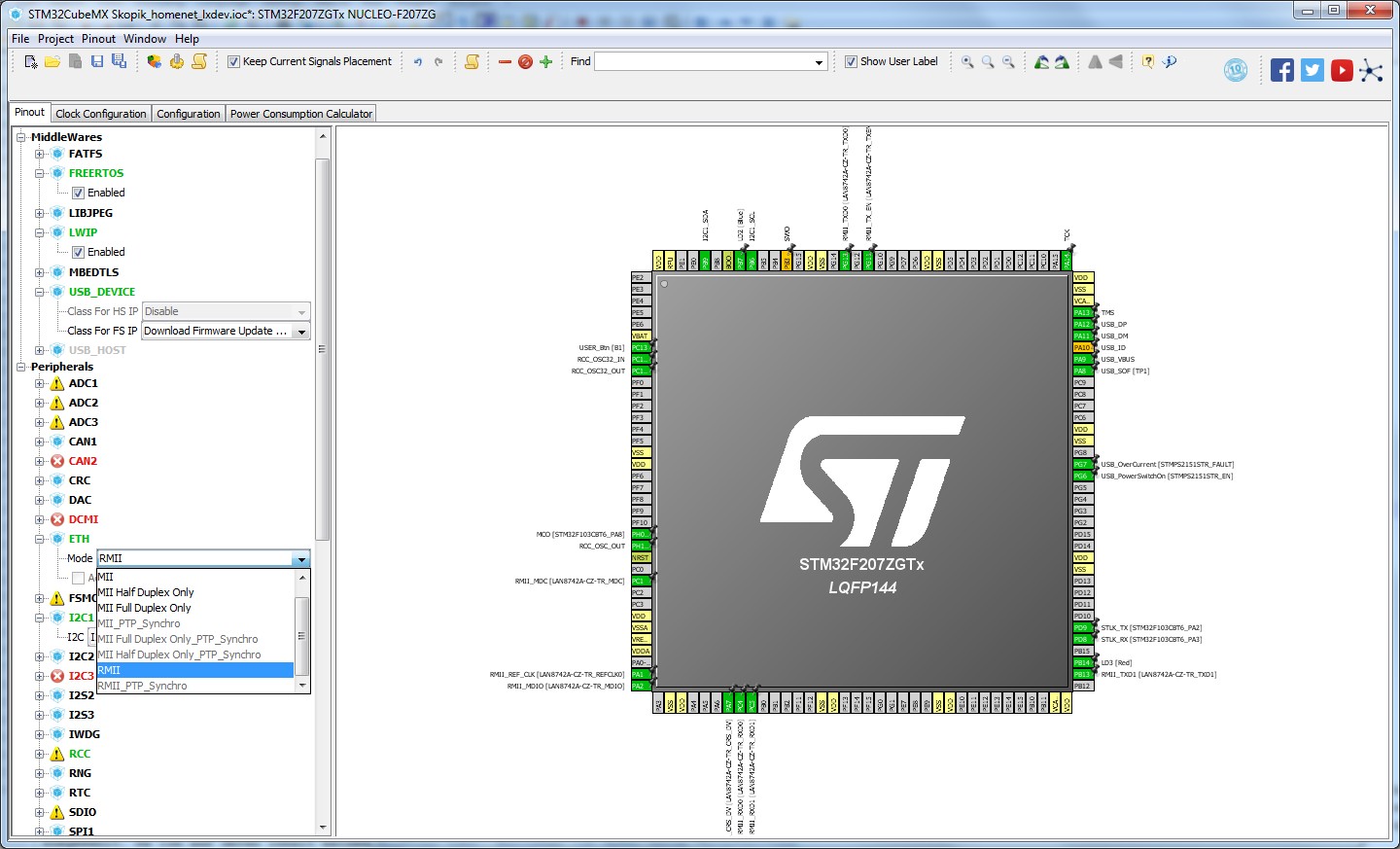Mission goal: Design (HW/FW) of a single board computer with numerous hardware extensions (which were state of the art in the late 90's, such as ISA network interface cards) for educational purposes at the higher technical college. The board should be cheap, however, widely extensible and allow the students the use in a wide range of application areas. The processors and tools were sponsored by Siemens/Infineon. The board was designed with a free version of OrCAD.
Technologies used: Hardware: Infineon C167CR-LM with external FLASH and SRAM extension, RS232 interface via UART and extension connectors for 8bit and 16bit-ISA cards (e.g., parallel Port cards and network interface cards); matrix display module; Firmware: monitoring solution with Minimon; demo programs created with the KEIL C167 C compiler.



|
|
Resources:
C167CR Legacy Site @ Infineon: https://www.infineon.com/cms/de/product/microcontroller/legacy-products-c500-c166-xc166-audo1-family/c166-family/c167crsr/ Minimon: http://www.perschl.at/minimon.html OrCAD PCB solutions: https://www.orcad.com/ |
































































































